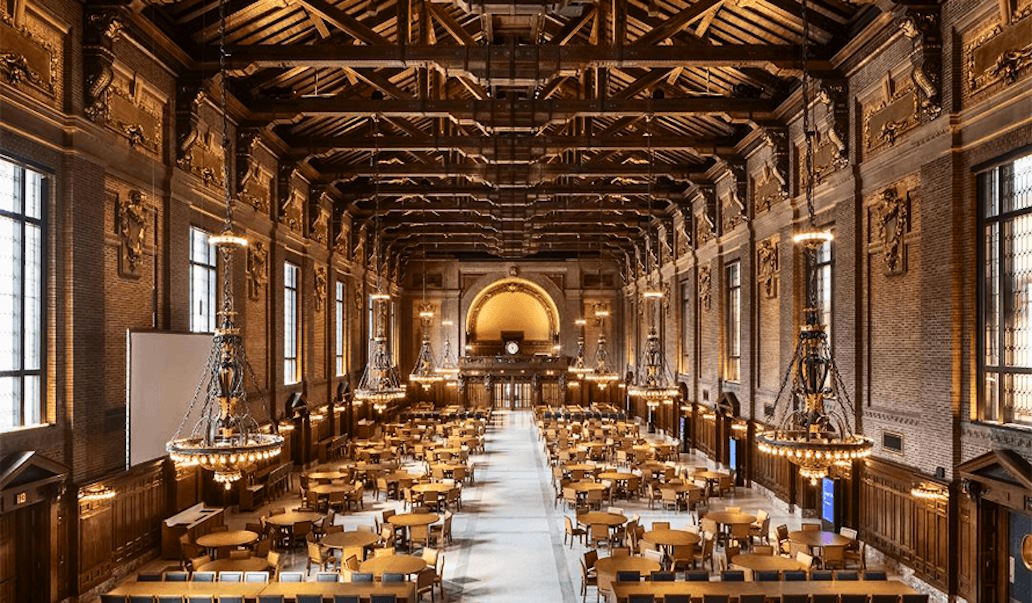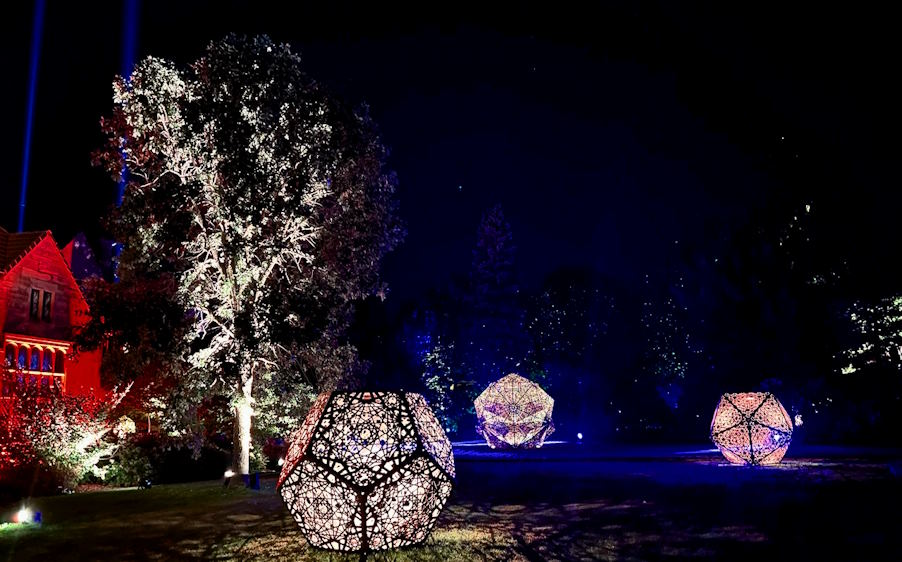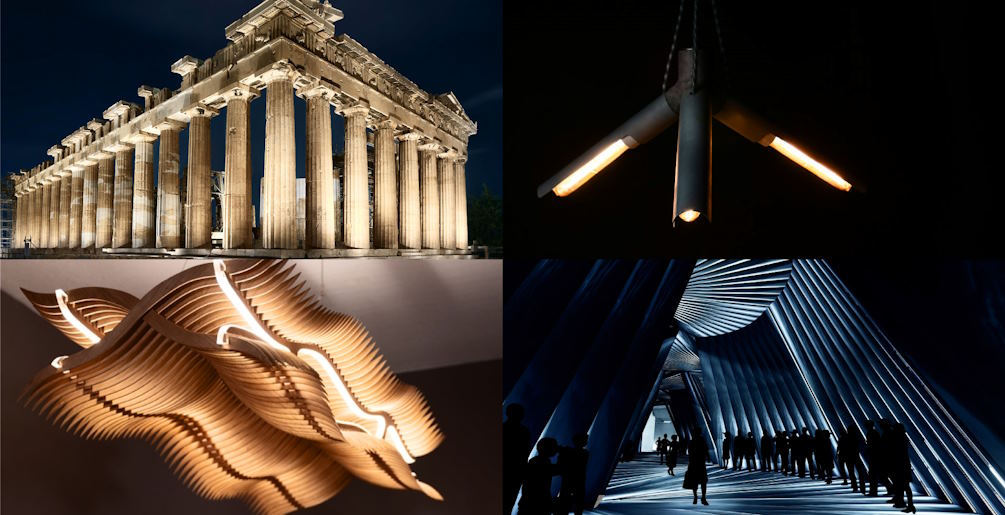Lighting design plays a vital role in shaping the ambiance and functionality of our built environment. From illuminating architectural wonders to enhancing the mood of public spaces, lighting has the power to transform our surroundings. In Europe, lighting design competitions have emerged as vibrant platforms that celebrate innovation and creativity, pushing the boundaries of what is possible in the realm of illumination. These competitions not only showcase cutting-edge designs but also foster interdisciplinary collaboration, promote sustainability, and provide a launching pad for emerging talent.
The Impact of European Lighting Design Competitions
Fostering innovation and pushing boundaries in lighting design:
European lighting design competitions serve as catalysts for innovation, constantly pushing the boundaries of what is possible in the field. These competitions encourage designers to think outside the box, explore unconventional concepts, and experiment with new technologies and materials. By embracing innovation, participants have the opportunity to challenge traditional lighting norms, resulting in groundbreaking designs that revolutionize the way we perceive and interact with light. Through the platform of competitions, designers can showcase their visionary ideas and inspire others in the industry to push their creative limits.

Encouraging interdisciplinary collaboration and knowledge exchange:
One of the remarkable aspects of European lighting design competitions is their ability to foster interdisciplinary collaboration. These competitions bring together professionals from diverse backgrounds, such as architecture, interior design, engineering, and art, creating a melting pot of ideas and perspectives. Through collaboration, participants can combine their expertise and knowledge to create holistic lighting solutions that seamlessly integrate with the built environment. Moreover, the competitions provide a unique platform for knowledge exchange, enabling participants to learn from each other’s experiences, techniques, and approaches, ultimately enhancing the overall quality of lighting design practices.
Promoting sustainability and energy efficiency in lighting solutions:
European lighting design competitions have played a pivotal role in promoting sustainability and energy efficiency in lighting solutions. With increasing environmental consciousness, these competitions encourage participants to prioritize eco-friendly and energy-efficient lighting designs. By incorporating renewable energy sources, efficient light sources, and intelligent lighting controls, designers can create lighting solutions that minimize energy consumption and reduce environmental impact. These competitions highlight the importance of sustainable lighting practices, inspiring designers to integrate environmental considerations into their designs and contribute to a greener future.
Showcasing emerging talent and providing career opportunities:
European lighting design competitions act as launching pads for emerging talent, providing them with a platform to showcase their skills and gain recognition within the industry. These competitions offer a valuable opportunity for emerging designers to present their innovative ideas, gain exposure, and establish connections with established professionals and industry leaders. Winning or even participating in these competitions can significantly boost a designer’s career, opening doors to new opportunities, collaborations, and commissions. The competitions also serve as a source of inspiration and motivation for aspiring lighting designers, encouraging them to pursue their passion and embark on a successful career in the field.
Future Trends in European Lighting Design Competitions
Integration of technology: Smart lighting and IoT advancements:
As technology continues to advance at a rapid pace, the integration of smart lighting and Internet of Things (IoT) advancements is set to revolutionize European lighting design competitions. Smart lighting systems, equipped with sensors and connectivity, offer enhanced control, efficiency, and adaptability. These systems can automatically adjust lighting levels based on occupancy or daylight availability, leading to energy savings and improved user experience. IoT connectivity enables lighting fixtures to interact with other devices and systems, creating intelligent lighting ecosystems that seamlessly integrate with the built environment. European lighting design competitions are embracing these technological advancements, challenging designers to harness the potential of smart lighting solutions and showcase their innovative applications.

Embracing inclusivity and diversity in lighting design:
Inclusivity and diversity are becoming increasingly important considerations in lighting design, and European lighting design competitions are leading the way in championing these principles. Competitions are encouraging designers to create lighting solutions that cater to the needs of diverse user groups, including individuals with disabilities or sensory sensitivities. This includes designing for accessibility, incorporating features that aid navigation and orientation, and considering the impact of lighting on mental and emotional well-being. By embracing inclusivity and diversity, these competitions are driving the development of lighting designs that are not only aesthetically pleasing but also truly inclusive and considerate of all individuals.
Focus on human-centric lighting and well-being:
With a growing understanding of the impact of lighting on human well-being, European lighting design competitions are placing an increased emphasis on human-centric lighting solutions. Human-centric lighting takes into account the physiological and psychological effects of light on human beings, aiming to improve health, mood, and productivity. Competitions are challenging designers to create lighting schemes that mimic natural daylight, provide appropriate color temperature and intensity variations, and promote circadian rhythms. By prioritizing human well-being in lighting design, these competitions are contributing to healthier and more sustainable living and working environments.
Exploring unconventional applications and cross-disciplinary collaborations:
European lighting design competitions are pushing the boundaries of traditional lighting applications by encouraging designers to explore unconventional and unexpected uses of light. This includes integrating lighting into unexpected surfaces or materials, incorporating interactive elements, or using light as a means of artistic expression. Furthermore, competitions are promoting cross-disciplinary collaborations, encouraging designers to partner with professionals from diverse fields such as technology, art, and psychology. By fostering collaboration and experimentation, these competitions are sparking new ideas and paving the way for innovative lighting design concepts that transcend conventional boundaries.


